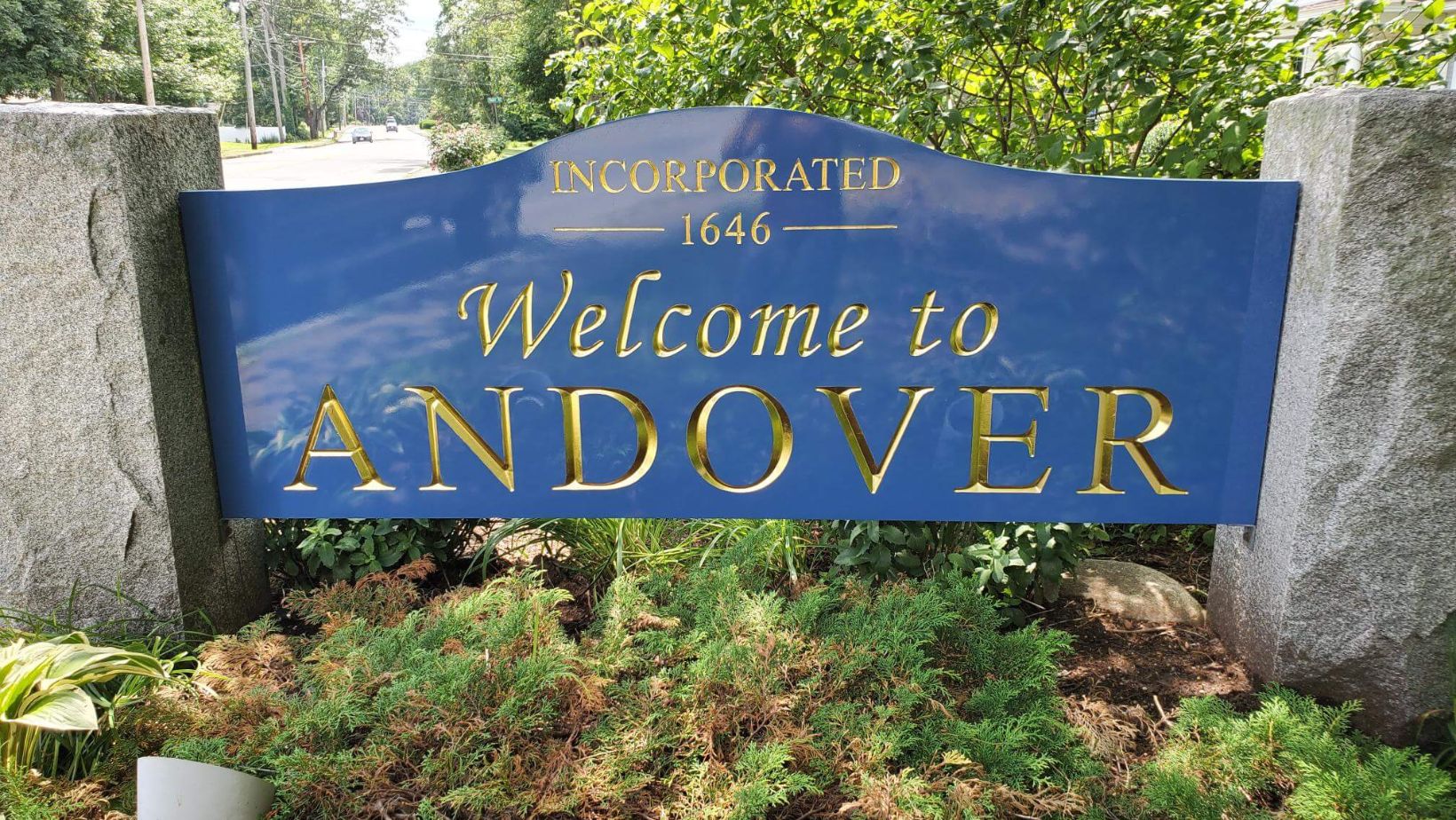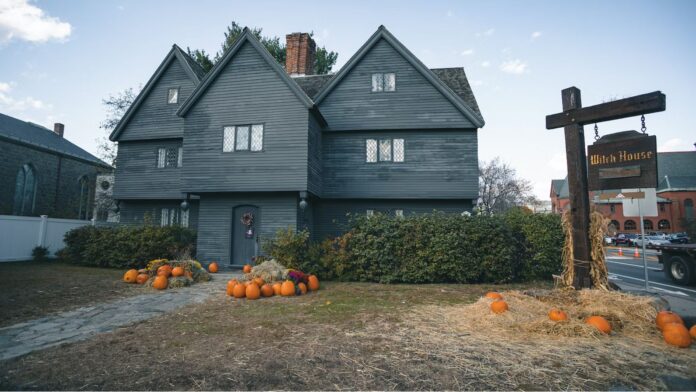As someone who’s spent considerable time exploring both, Andover and Salem, I can confidently say each town has its unique charm. These Massachusetts gems, steeped in rich history, offer a distinct blend of experiences. But how exactly do they differ? Let’s delve into it.
First off, Andover is known for its prestigious educational institutions, including the acclaimed Phillips Academy. It’s a town that brims with intellectual vibrancy, offering a suburban feel with a twist of sophistication. The town’s focus on education and family-friendly environment sets it apart.
On the other hand, Salem, famous for its 1692 witch trials, is a magnet for history buffs and thrill-seekers. It’s a city that wears its past on its sleeve, with numerous museums and historical landmarks. While both towns have their historical significance, Salem’s association with the supernatural gives it a more mystic aura.
How Does Andover Differ From Salem
As we dive deeper into the details, we’ll answer the question: how does Andover differ from Salem in terms of their history.
Let’s talk about Andover first. Known for its prestigious educational institutions, Andover’s history is largely defined by learning and academia. Its story begins in 1646 when the town got its incorporation. The Phillips Academy, established in 1778, stands as a historical legacy bearing centuries of academic tradition.
Switching gears to Salem, we have a town intensely infused with rippling historical events. Founded in 1626, Salem is older than Andover and has a significantly darker past. The infamous Salem witch trials of 1692 shadows the town’s history, propelling its reputation as a hotspot for thrill-seekers and history buffs.
Interestingly, both towns carry important historical imprints, but their auras are distinctly different. Andover’s town seal reflects its educational ethos, showcasing a student reading under a tree. In contrast, Salem’s city seal delineates a witch, a ship, and a spice merchant, echoing the city’s tri-fold identity as a place of supernatural infamy, sea trade, and exotic spice routes.
The excitement of exploring Andover and Salem’s history lies in the stark divergence of their shakes. Despite being in close proximity, the stories they weave and the experiences they offer are as different as night and day. Their rich history indeed paints a vibrant picture of the varied tapestry that is Massachusetts.
So, when we delve into how Andover differs from Salem, it’s not just about their present charm, but the historical paths they’ve tread and their enduring legacies. Each town carries its unique narrative, enriching the heritage of the Bay State.

Demographics and Population
When we start to dig a little deeper into how Andover differs from Salem, exploring demographics and population, these distinctions become more evident. Both towns showcase demographic compositions that reflect their distinct characters.
In Andover, the median age is significantly higher than Salem’s, with a sizable population of residents aged 45 and above. This isn’t a surprise, considering Andover’s reputation as a family-friendly town. There’s a strong educational presence shaping its demographic structure too. Serving as home to the internationally admired Phillips Academy, Andover attracts staff members, teachers, researchers, and students from diverse backgrounds and places.
It’s also important to note that a higher percentage of Andover’s population hold advanced degrees compared to Salem, further emphasizing the town’s academic atmosphere. Family structures are also predominantly traditional in Andover, with a high percentage of married couples and families with children.
Salem, on the other hand, draws a younger crowd, harboring a noticeably larger population segment between the ages of 20 to 45. But don’t mistake Salem’s youthful energy as an absence of diversity. The sustained fame of the Salem witch trial history and the plethora of recreational options make this town popular among tourists and thrill-seekers, creating an eclectic mix within its population.
In the realm of education, Salem residents show a balanced spread across different education levels. Encapsulating the spirit of Salem, residential statuses also reflect diverse living arrangements, including solo dwellers, cohabiting couples, and dynamic group households, underlining its urban flavor.
Having explored Andover and Salem’s contrasting landscapes, it’s clear that each town offers a unique experience shaped by education, culture, and economy. Andover, with its prestigious institutions and intellectual charm, caters to those seeking academic rigor and old-world allure. Salem, on the other hand, invites those drawn to inclusivity, diversity, and a rich tapestry of cultural experiences. The towns’ annual events and economic drivers further emphasize their unique identities.


